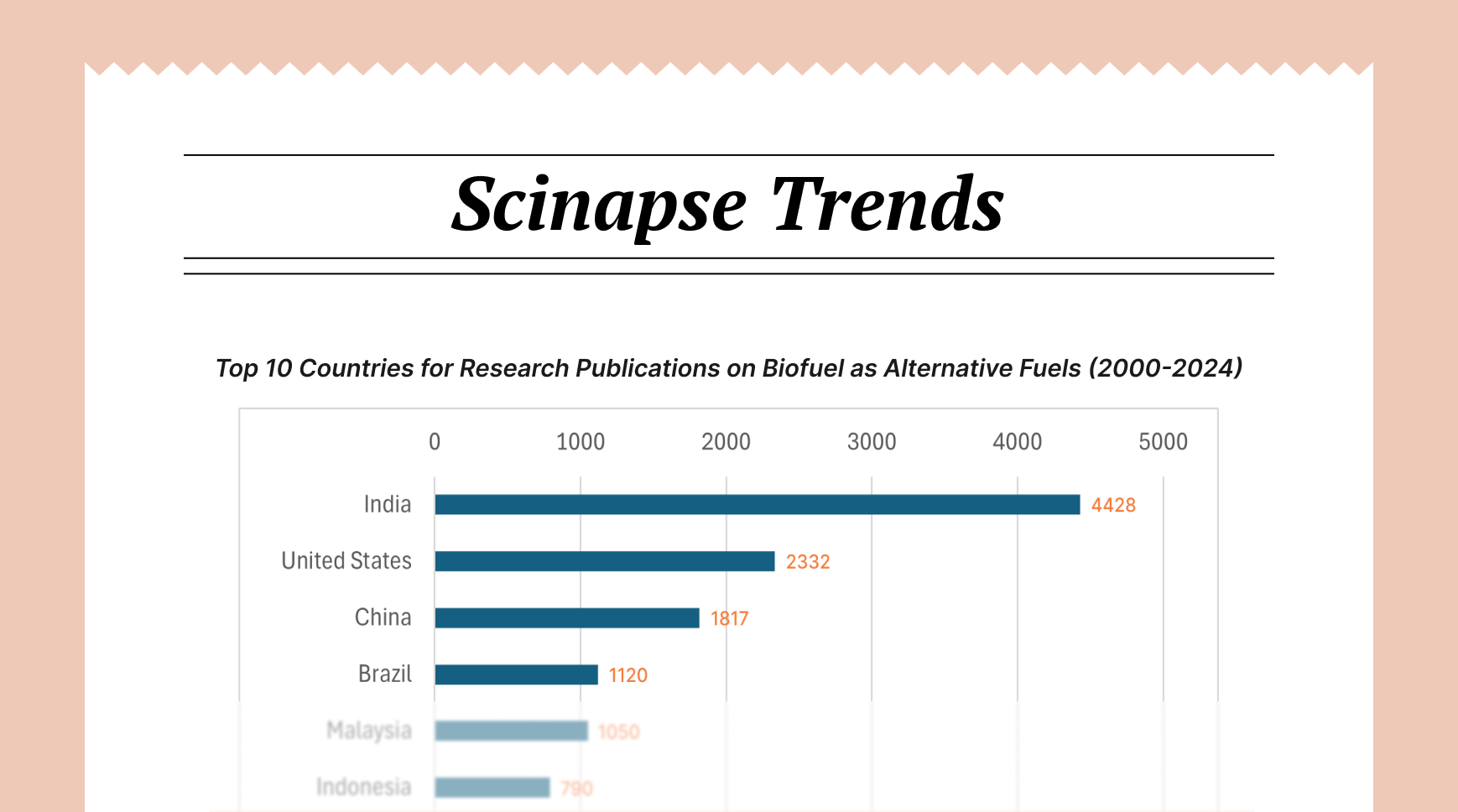How to Do a Literature Review in 5 Simple Steps

A literature review is one of the most crucial components of academic research, serving as the foundation that supports your thesis, dissertation, or research paper. By breaking the process down into five manageable steps, you can approach this task systematically and produce a comprehensive review that demonstrates your understanding of the field and positions your research within the broader academic conversation.
Step 1: Define Your Research Question and Scope
The first and most critical step in conducting a literature review is clearly defining what you're looking for. Your research question will serve as your compass throughout the entire process, guiding your search strategy and helping you determine which sources are relevant to your work.
Start by articulating your main research question or thesis statement. Be as specific as possible about what you want to investigate. For example, instead of asking "How does social media affect teenagers?" you might ask "How does Instagram use impact body image among teenage girls aged 13-17 in urban environments?" This specificity will help you focus your search and avoid getting lost in tangential research.
Next, establish the scope of your review. Consider the time frame you want to cover—will you focus on research from the past five years, or do you need to go back further to capture seminal works in the field? Determine geographical boundaries if relevant, and decide whether you'll include only peer-reviewed articles or also incorporate books, reports, and other types of publications.
Define key concepts and terms that will be central to your search. Create a list of synonyms and related terms, as different researchers may use varying terminology to describe the same concepts. This preparation will make your search process more efficient and comprehensive.
Step 2: Develop a Comprehensive Search Strategy
With your research question and scope clearly defined, you can now develop a systematic approach to finding relevant literature. A well-planned search strategy ensures you don't miss important sources and helps you use your time efficiently.
Begin by identifying the most appropriate databases for your field. While Google Scholar is a good starting point, discipline-specific databases often provide more targeted results. For psychology research, PsycINFO is essential; for medical research, PubMed is indispensable; for business studies, consider ABI/INFORM or Business Source Premier. Don't limit yourself to just one database—different databases index different journals and may yield unique results.
Develop a list of search terms and Boolean operators to combine them effectively. Use "AND" to narrow your search by requiring all terms to be present, "OR" to broaden your search by including alternative terms, and "NOT" to exclude irrelevant results. For example: ("social media" OR "Instagram" OR "Facebook") AND ("body image" OR "self-esteem") AND ("teenagers" OR "adolescents").
Utilize database features such as filters for publication date, document type, and peer review status. Many databases also offer subject headings or thesaurus terms that can help you discover additional relevant keywords and ensure you're using the terminology that researchers in your field employ.
Keep detailed records of your searches, including which databases you used, what search terms you employed, and how many results you retrieved. This documentation will be valuable for several reasons: it helps you avoid duplicating searches, allows you to refine your strategy based on what's working, and may be required for systematic reviews or meta-analyses.
Step 3: Screen and Select Relevant Sources
Once you've gathered a substantial number of potential sources, the next step is to systematically evaluate and select the most relevant ones for your review. This process typically involves multiple rounds of screening, moving from broad relevance to detailed analysis.
Start with title and abstract screening. Read through the titles and abstracts of your search results to determine basic relevance to your research question. This initial screening should be relatively quick—you're looking for obvious matches and obvious rejections. Create three categories: definitely relevant, possibly relevant, and not relevant.
For sources in your "definitely relevant" and "possibly relevant" categories, obtain the full texts and conduct a more thorough evaluation. Consider factors such as the quality of the research methodology, the reputation of the authors and journals, the recency of the publication, and how directly the study addresses your research question.
Establish clear inclusion and exclusion criteria before you begin this process. For example, you might decide to include only empirical studies published in peer-reviewed journals within the past ten years, excluding opinion pieces, case studies, or non-English publications. Having predetermined criteria helps ensure consistency in your selection process and reduces bias.
Don't forget to check the reference lists of the sources you've selected. This "backward citation searching" often reveals additional relevant sources that didn't appear in your database searches. Similarly, use forward citation searching to find more recent papers that have cited the key sources you've identified.
Step 4: Read, Analyze, and Organize Your Sources
With your final selection of sources in hand, it's time for the most intellectually demanding part of the literature review process: carefully reading and analyzing each source to understand its contribution to your field of study.
Develop a systematic approach to reading and note-taking. For each source, record bibliographic information, summarize the main research question or objective, note the methodology used, identify key findings, and evaluate the study's strengths and limitations. Also note how each source relates to your research question and to other sources in your review.
Look for patterns, themes, and gaps across your sources. Are there common findings that suggest consensus in the field? Are there contradictory results that indicate ongoing debates? What methodological approaches are most commonly used, and are there any notable limitations or biases across studies? Identifying these patterns will help you organize your review and identify areas where your research might contribute.
Develop a system for organizing your sources that facilitates the writing process. This might involve grouping sources by theme, chronologically, by methodology, or by theoretical framework. Many researchers find it helpful to create matrices or tables that allow them to compare sources across multiple dimensions simultaneously.
Consider using reference management software like Zotero, Mendeley, or EndNote to keep track of your sources and their associated notes. These tools can automatically format citations and bibliographies, making the writing process much more efficient.
Step 5: Synthesize and Write Your Review
The final step transforms your analysis into a coherent narrative that tells the story of research in your field and positions your work within that context. This is where you move beyond simply summarizing individual sources to creating new insights through synthesis.
Begin by creating an outline that organizes your review logically. Common organizational approaches include thematic organization (grouping sources by major topics or themes), chronological organization (tracing the development of research over time), or methodological organization (grouping by research approaches). Choose the approach that best serves your research question and helps your readers understand the current state of knowledge.
Write with synthesis in mind rather than a summary. Instead of describing each study individually, group related studies together and discuss their collective contribution to understanding the topic. Highlight areas of agreement and disagreement among researchers, identify gaps in the current literature, and explain how your research will address these gaps.
Maintain a critical perspective throughout your writing. Don't simply accept all published research at face value—evaluate the quality of studies, note limitations in methodology or scope, and discuss how these limitations might affect the conclusions that can be drawn from the literature.
Conclude your literature review by clearly articulating what is known, what remains unknown, and how your research will contribute to filling those knowledge gaps. This conclusion should naturally lead into your own research methodology and hypotheses, creating a seamless transition from review to original contribution.
Remember that a literature review is not just an academic exercise—it's the foundation upon which your research builds. By following these five steps systematically, you'll create a comprehensive review that not only demonstrates your expertise in the field but also provides the solid foundation necessary for meaningful original research.
Author: Uttkarsha B
- AI-Ethicist and STM Research & Publishing Expert
Never re-search again.
Scinapse is made by researchers for researchers.
Join the next generation of research at ⏯️ https://scinapse.io/
Pluto Labs
Pluto Labs helps researchers focus on their research by improving several inefficiencies in the academic research process. We offer data-driven insights from academic papers, allowing users to easily obtain review-level results for their desired range of papers.
https://pluto.im/





Comments ()